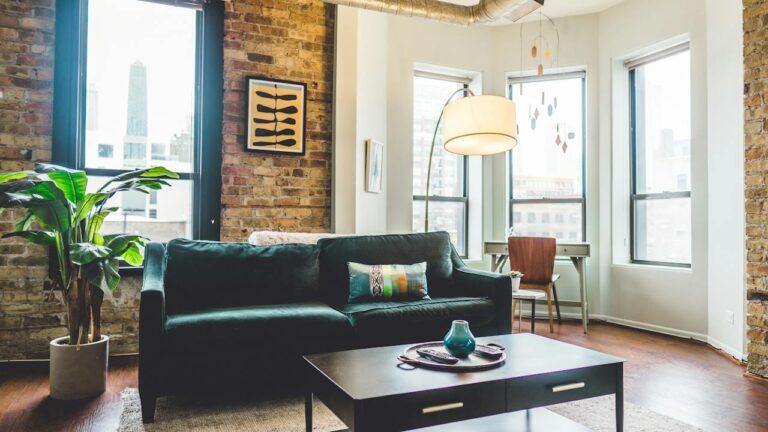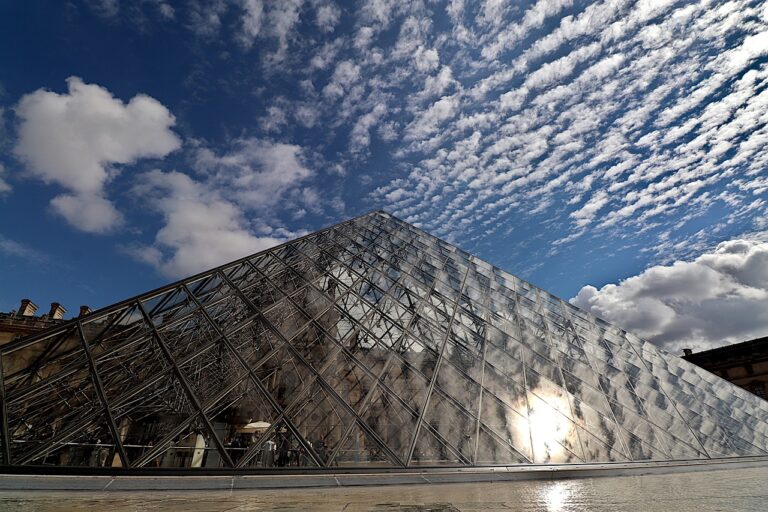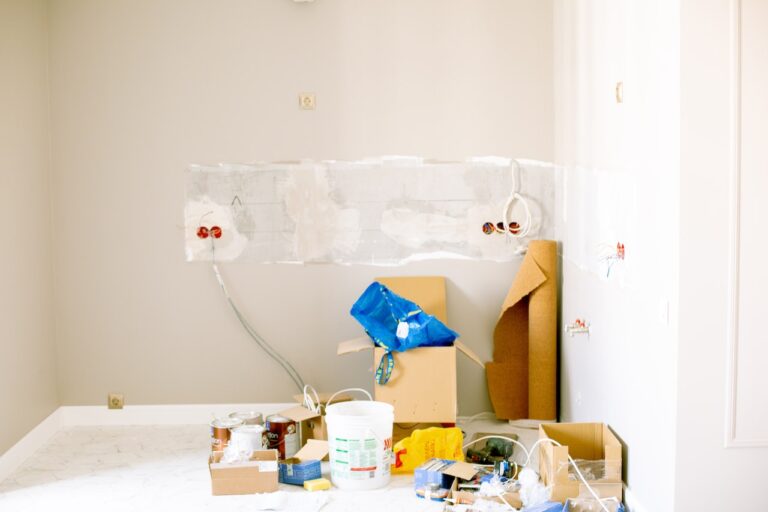Introduction
Shutters not only serve a functional purpose but also add style and curb appeal to a building. There are various types of shutters on the market, each catering to different architectural styles. In this post, we will explore the different types of shutters suitable for different architectural styles and provide tips on choosing the right shutters for your building.
Finding the Right Fit for Your Architectural Style
To select the perfect shutters for your building, start by researching and understanding the design elements and characteristics of your building’s architectural style. For example, modern buildings typically feature large windows and clean lines, which pair well with vertical louvres. Traditional buildings, on the other hand, typically have more intricate details, which mesh well with bifold shutters.
Once you have an understanding of your building’s architectural style, it’s time to consider budget, functionality, and long-term maintenance. Consult with professionals and seek expert advice to find shutters that maximize functionality and provide a return on investment.
Understanding Vertical Louvres
Vertical louvres are a popular choice for contemporary and modern architectural styles, characterized by sleek, clean-lined structures and minimalism. These shutters are long, narrow slats that open and close like doors, providing control over privacy and sunlight.
When choosing vertical louvres, it’s essential to consider the materials, colors, and finishes. Louvres made of composite materials are popular and offer high durability, unlike natural wood which may warp or rot over time. Colors and finishes include a range of black, white, or natural wood. They can be stained, painted, or left untreated, depending on the desired look.
Exploring Bifold Shutters
Bifold shutters are a versatile option suitable for various architectural styles. They are notable for their ability to fold neatly to the side, giving unobstructed views of the outdoors. Bifold shutters come in a range of configurations, including bi-fold, tri-fold, and quad-fold.
Bifold shutters are ideal for traditional and coastal architectural styles, defined by a classic and timeless aesthetic. They provide flexibility in controlling light, ventilation, and privacy. When selecting bifold shutters, consider materials that are durable and resistant to weathering, such as aluminum or vinyl. Hardware is important to get the right balance between function and style. Brass or chrome hinges work well in traditional spaces, and stainless steel is ideal for coastal designs.
Outdoor Solar Blinds for Functionality and Style
Outdoor solar blinds are an excellent choice for buildings with a focus on sustainability and eco-friendliness. They are made of fabrics that are eco-friendly and provide energy-efficient benefits, such as UV protection, heat reflection, and glare reduction.
These blinds come in a range of colors, patterns, and materials to choose from. Fabrics range from PVC and mesh to acrylic and polyester. PVC and mesh are ideal for sun protection and adding privacy, while acrylic and polyester are better for outdoor spaces that require waterproofing.
Taking Action: Steps to Find the Perfect Shutters
There are three key steps to finding the perfect shutters:
- Research and gather inspiration: Look for inspiration online, in design magazines, or check out similar buildings for shutter inspiration.
- Consult with professionals and seek expert advice: An experienced professional can help you identify the best solutions and make the most of your budget.
- Consider budget, functionality, and long-term maintenance: Keep in mind the practicalities of shutter ownership, including maintenance and repair costs.
- Consider the style and materials: Shutter styles range from traditional to contemporary, and materials include wood, vinyl, and aluminum.
- Consider the size and shape of your windows: The size and shape of your windows will determine how many shutters you need, as well as their dimensions.
- Consider your home’s architecture: Shutter styles should complement your home’s architectural style.
Maintenance and Care for Longevity
Regular maintenance and care are essential to ensure the longevity and optimal performance of shutters. Regular cleaning, inspection, and lubrication of hinges and other moving parts are necessary to keep them functioning correctly.
For composite shutter maintenance, washing with warm soapy water and a soft-bristled brush, followed by a rinse with clean water, should suffice. Regular inspection for rot, cracks, and broken louvers are important consideration.
For bifold shutters, ensure that hinges are properly oiled to prevent rust and avoid over-tightening of screws, which may strip the hinge holes. Regular inspection of the tracks and guides for debris and obstruction should also be carried out.
For outdoor solar blinds, a regular cleaning with warm soapy water and a soft-bristle brush, followed by a rinse with clean water should suffice. Ensure that blinds are rolled up tightly and stored when not in use, especially in high wind and stormy conditions.
Photo by Jonathan Borba
Conclusion
There is a vast range of shutters suitable for different architectural styles. When choosing shutters, it’s important to consider the architectural style of the building, budget, functionality, and long-term maintenance requirements. With the right shutters, your building’s aesthetic appeal and functionality can be enhanced significantly. Be sure to consult professionals, gather inspiration, and take the necessary maintenance and care to ensure the longevity and optimal performance of shutters.







